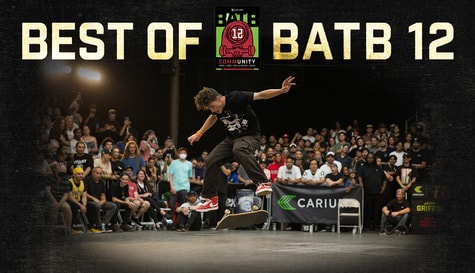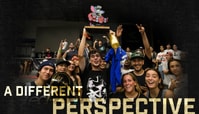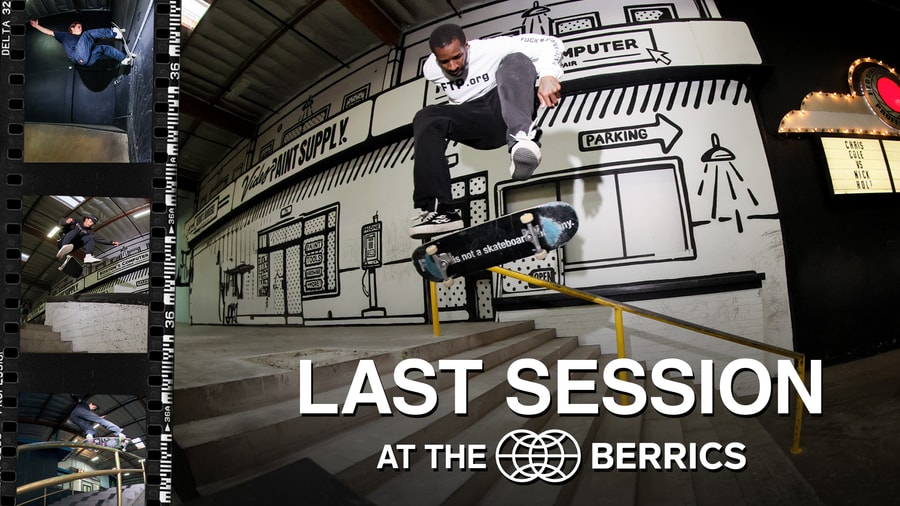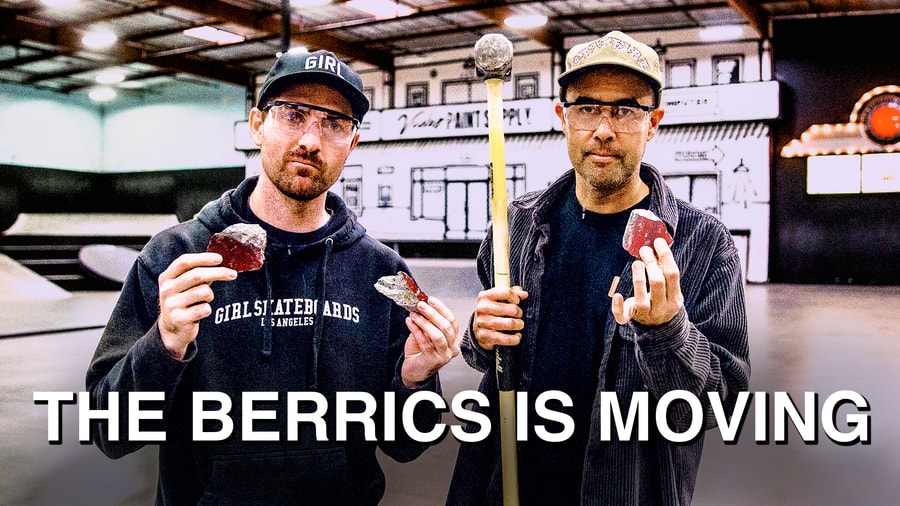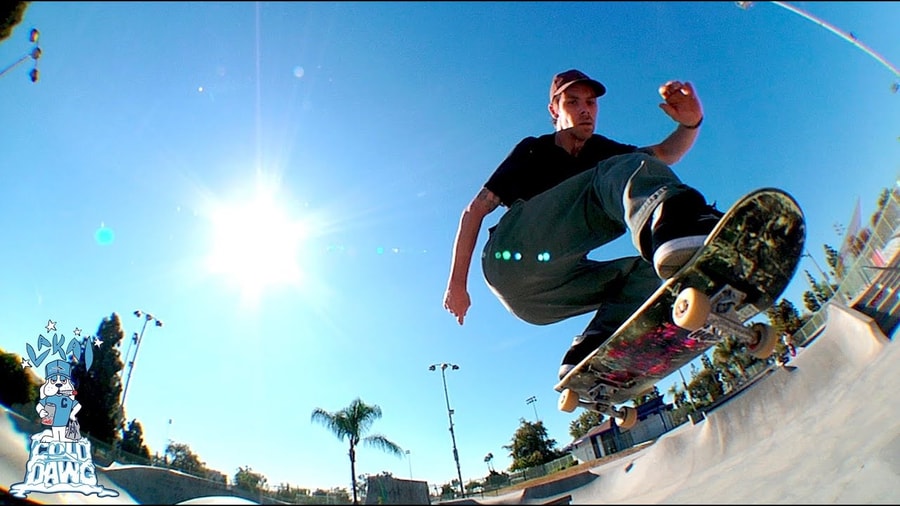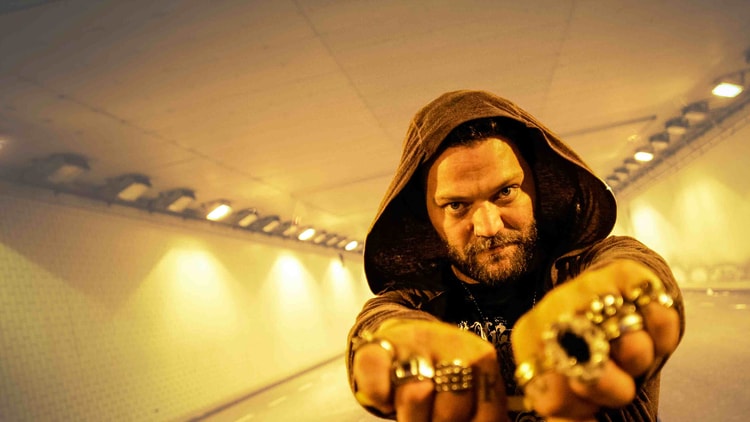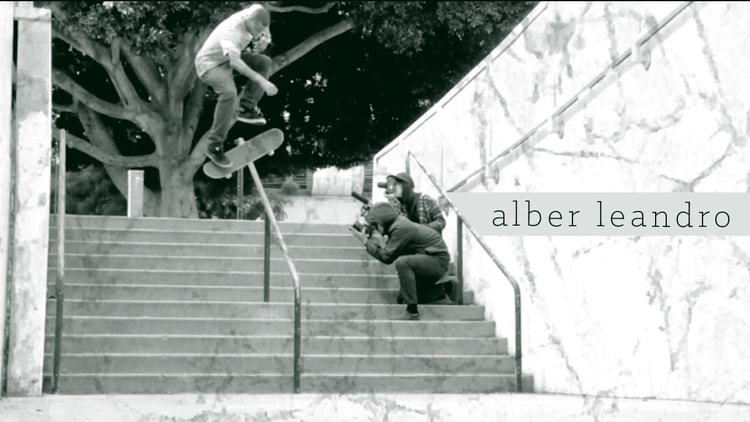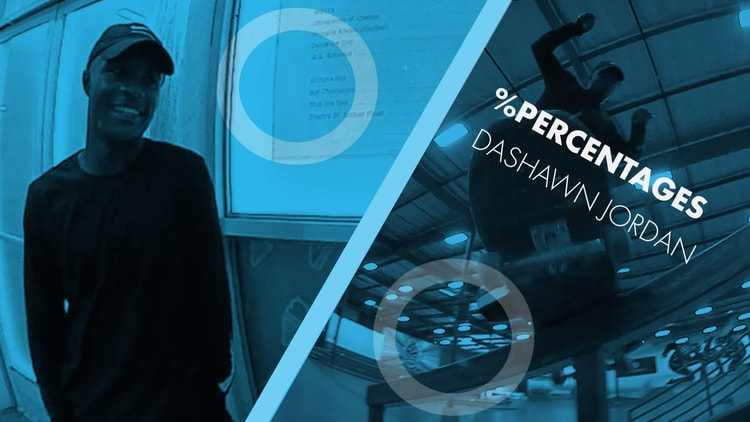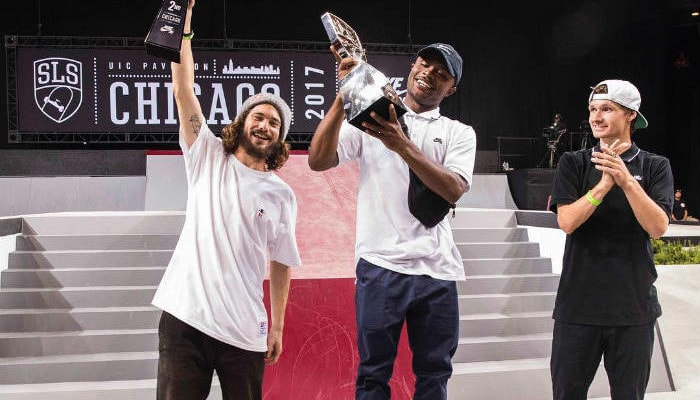SUPREME — The History
Supreme is world famous in both skateboarding and fashion. It is, in part, a large reason why these two cultures have been colliding so often as of late. Given that, it’s not surprising that Vogue would publish an article chronicling the history of the skate shop turned fashion empire. I have to admit, this piece does a good job of educating people on how the box logo got its start.
Nothing about Supreme was planned in advance, its success a coincidence of place, time, and hard work. By the time he was nineteen, Jebbia had left England and was a sales assistant at a SoHo store called Parachute. From there, he worked a table at the nearby flea market, then founded a store, Union, on Spring Street that sold British goods and streetwear. Union did well enough until it began to sell clothing designed by Shawn Stüssy, the skateboarder and surfer, at which point it did great. Next, Jebbia helped run a shop with Stüssy until Stüssy decided to retire. “Now what the hell am I going to do?” he recalls asking himself.
“I always really liked what was coming out of the skate world,” Jebbia says. “It was less commercial—it had more edge and more fuck-you type stuff.” So he decided to open his own skate shop on Lafayette Street. Lafayette was then a relatively quiet strip of antiques stores, a firehouse, and a machinist, but also a Keith Haring shop—a downtown art-scene connection that, in hindsight, was key. Jebbia built a spare space (the very notions of spare and clean soon becoming Supreme trademarks), then brought in good skateboards, cranked the music, and played videos constantly—wildly disparate things like Muhammad Ali fight videos and Taxi Driver—to draw onlookers.
Head over to Vogue and dig into the entire piece. It’s a good story. And while we’re examining Supreme’s history, have a look at the original Supreme video made by Thomas Campbell in 1995 below.
A Love Supreme [1995]



